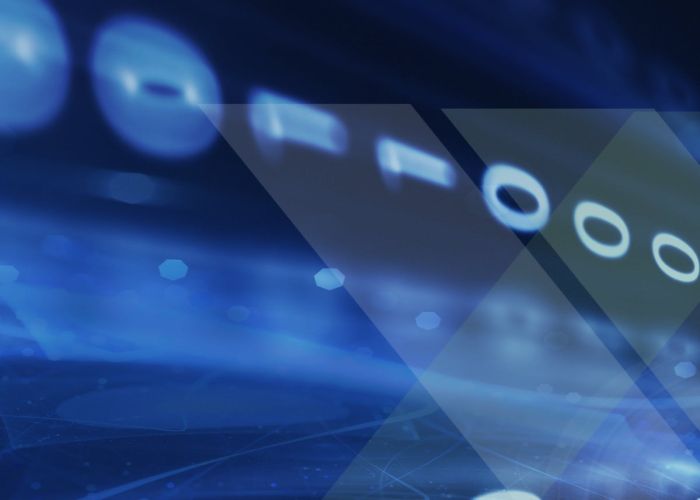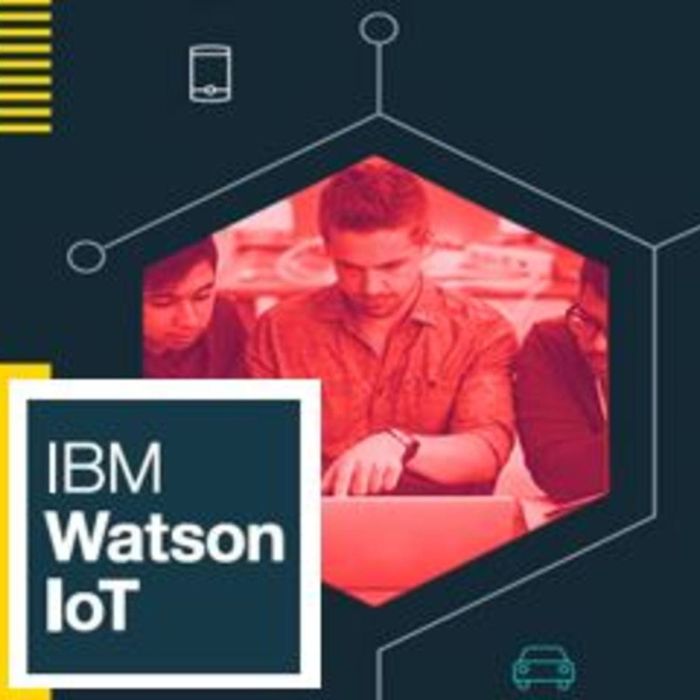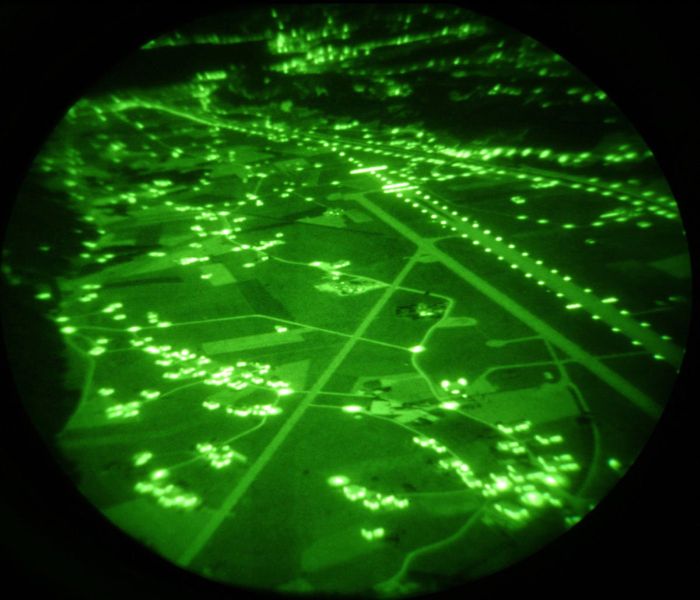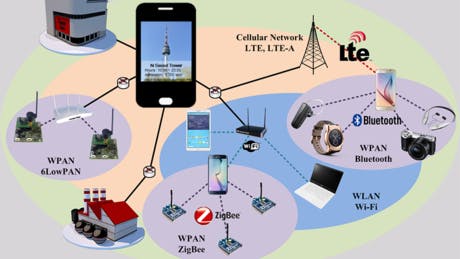IoT – Internet of Things is a term used to refer to a network of physical devices such as smartphones, home appliances, vehicles and many more that are capable of connecting and exchanging data with computers. The Internet of Things is expected to radically transform how we interact with computer networks for the next 100 years.
What Is IoT?
IoT – Internet of Things generally represents how network devices are able to sense and collect data from various sources around the world for the purpose of sharing that data over the internet for processing. This data can then be utilized for various purposes. Most ordinary household gadgets such as smart watches, smart light bulbs, wireless blood pressure monitors and wireless scales can also be modified to work effectively in an IoT system. Even wireless communication protocols such as Bluetooth and WiFi are key components of the Internet of Things.
Benefits of IoT and Its Common Applications
IoT plays a critical role in our daily lives by providing the much needed convenience as we perform our tasks. For instance, in the transportation industry smart traffic cameras can be used to monitor road traffic while keeping track of congestion, accidents as well as weather conditions. These smart cameras can share this data with other smart cameras and the combined data will be used to improve the traffic system.
In the medical industries, doctors can use IoT based tools to remotely track and monitor their patient’s health information and make a diagnosis based on the tracked information. This can also help doctors to be prepared in case of emergency situations such as when a patient urgently needs an operation and an ambulance has to be dispatched to the patient’s location.
IoT based tools can also be used in the manufacturing industries to collect data from customers for analysis. IoT tools also help them to increase their efficiency by optimizing their production quality which also offers more safety. There are numerous possible implementations for IoT and many universities around the world have started providing proper courses on Internet of Things. It’s quiet easy to find IoT online certificate courses from world’s top universities. The hospitality industry has also embraced the use of IoT in order to improve their customer’s experience while making their services more comfortable for their guests. A good example is the use of a face detection id that is provided to guests to recognize them before their arrival.
The Hardware and Software of IoT
Examples of IoT hardware include sensors, servers, routers, devices etc which are used to handle functions and tasks such as system activation, security, action specification, detection of goals and actions as well as communication. IoT software addresses critical areas of networking such as data collection, device integration and real-time analytics.
IoT Technology and Protocols
IoT basically uses standard protocols and networking technologies but the most important protocols and technologies of IoT include RFID, LTE-A, WiFi-Direct, NFC, low energy radio and low energy Bluetooth protocols. All these technologies and protocols are used to provide the required networking functionality in an IoT system.
Challenges around IoT – Internet of Things
IoT raises some serious concerns about the privacy of personal data. Sensitive information about our physical location or health updates on our blood pressure that can easily be accessed by healthcare providers over wireless networks raises obvious privacy questions. It is also logistically difficult and expensive to supply power to several new IoT devices as well as their network connectivity. Most of these devices require replaceable batteries and as a result energy costs to keep these devices running are extremely high. People have become over-reliant on this technology hence even a small technical error in the system can lead to serious physical and financial damage.
Focusing on embedded systems applications in the area of the IoT. Our blended learning approach offers you the best of both worlds: you can learn online whenever you want to, but can still get hands-on coaching from industry experts.
The Internet of Things (IoT) is an area of rapid growth and opportunity. Technical innovations in networks, sensors and applications, coupled with the advent of ‘smart machines’ have resulted in a huge diversity of devices generating all kinds of structured and unstructured data that needs to be processed somewhere.
This capstone project course ties together the knowledge from three previous courses in IoT though embedded systems: Development of Real-Time Systems, Web Connectivity & Security and Embedded Hardware and Operating Systems. .
There are complexities and areas of necessary awareness when the industrial sector becomes connected to your home. Security policies and practices have not yet caught up to the internet capabilities of some of our most common products.
IoT is a new emerging technology domain which will be used to connect all objects through the Internet for remote sensing and control. IoT uses a combination of WSN (Wireless Sensor Network), M2M (Machine to Machine), robotics, wireless networking, Internet technologies, and Smart Devices..










